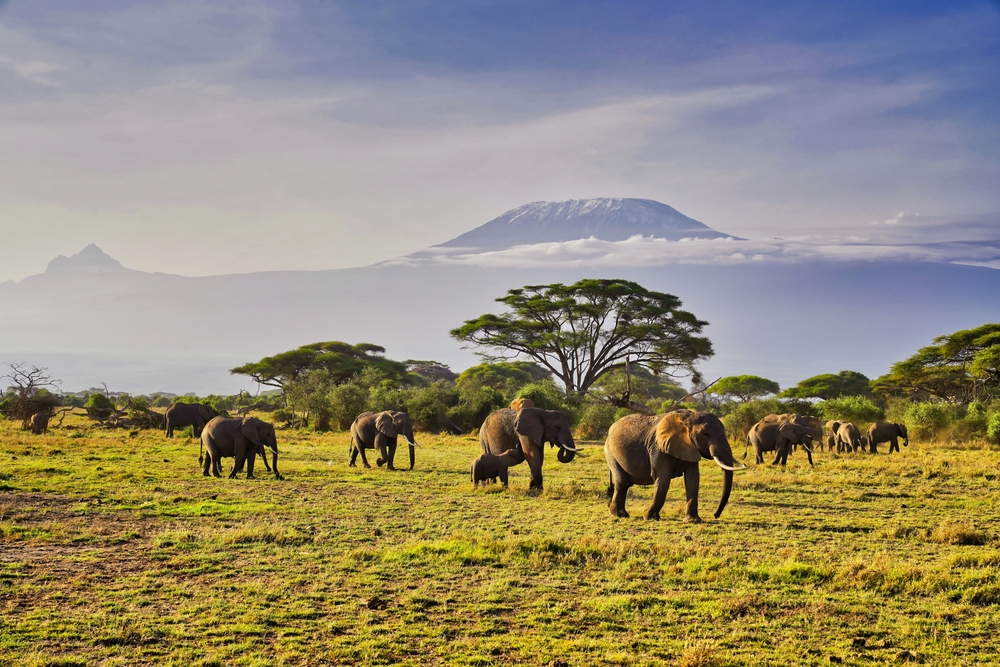Now Reading: Elephants Optimize Travel to Save Energy
-
01
Elephants Optimize Travel to Save Energy
Elephants Optimize Travel to Save Energy

Quick Summary
- A new study published in the Journal of animal Ecology explores how African savanna elephants strategically plan their travel to conserve energy.
- Researchers tracked GPS movement data from 157 elephants in Northern Kenya over 22 years (1998-2020) using a modeling method called ENERSCAPE.
- Findings show:
– 94% of elephants avoid steep slopes and rough terrain to minimize energy costs during travel.
– Elephants prefer areas with high vegetation productivity (93%) but are less dependent on proximity to water (41% preference) due to additional factors like elevation and human presence near water sources.
– Speed impacts avoidance behavior: slow-moving elephants avoided costly terrain 74%, increasing to 86% at intermediate speeds and then reaching 93% at high speeds.
- The study highlights how elephant movement preferences could help conservationists create better protected areas, migration corridors, and address challenges related to climate change impacts.
Indian Opinion Analysis
Studies highlighting the purposeful planning abilities of African savanna elephants underscore their remarkable adaptability and resilience. Although this research focuses primarily on African ecosystems,its implications resonate globally-including India-where Asian elephants face similar habitat pressures due to urban development,deforestation,and climate change. Understanding large mammals’ energy-efficient strategies can support more tailored conservation efforts within India by reinforcing habitat connectivity (e.g., wildlife corridors).
Additionally, recognizing how elevation or human activity influences elephant behavior provides essential insights for managing potential conflicts between humans and wildlife near reserves.This data-driven approach exemplifies a template that can not only bolster sustainable preservation models for India’s megafauna but also inform policies addressing broader environmental challenges associated with changing ecological dynamics.


























